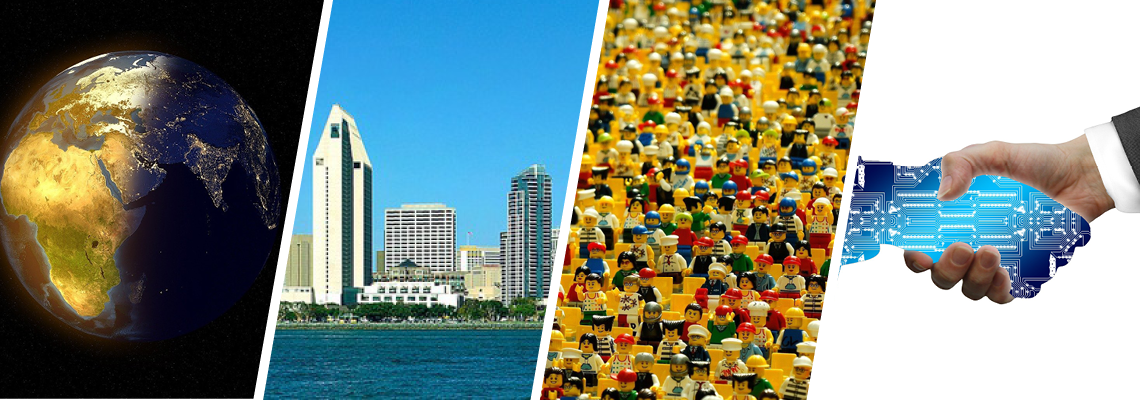Statistics showing that billions continue to lack access to water and sanitation remain shocking reading. Yet, the global water sector has reason to celebrate. In fact, at least five. Aquatech Online shares some examples for World Water Day.
Drawing attention to the SDGs
Each year, World Water Day raises awareness globally on the startling statistics on water, or rather, the lack of this critical resource.
Frequently quoted figures, including the 2.2 billion lacking access to safe water, or the two billion lacking access to sanitation, remain shocking and also unfathomable to many.
The key theme for World Water Day 2021 is “valuing water”, which the UN says is much more than simply about price.
“Water has enormous and complex value for our households, food, culture, health, education, economics and the integrity of our natural environment,” the organisation said. “If we overlook any of these values, we risk mismanaging this finite, irreplaceable resource.”
A core focus of the day will draw more attention to achieving Sustainable Development Goal (SDG) 6: water and sanitation for all by 2030.
It’s widely acknowledged there is a lot of work to do. When launching the Global Accelerator Framework to speed up progress, for example, the UN said progress towards SDG6 is “way off track”.
Earlier this month, Gilbert F. Houngbo, UN-Water chair and president of the International Fund for Agricultural Development said: "Even before COVID struck, the world was off track to meet SDG 6."
Furthermore, it’s said that achieving the SDG global target 6.1 by 2030 will require a four-fold increase in the current rate of progress.
Yet, despite World Water Day raising awareness on the shocking statistics to catalyse efforts, investment and innovation, we believe the global water sector should use the day to celebrate its often-unsung achievements.
Here are five reasons, among the many:
1) More data is needed, but things are improving
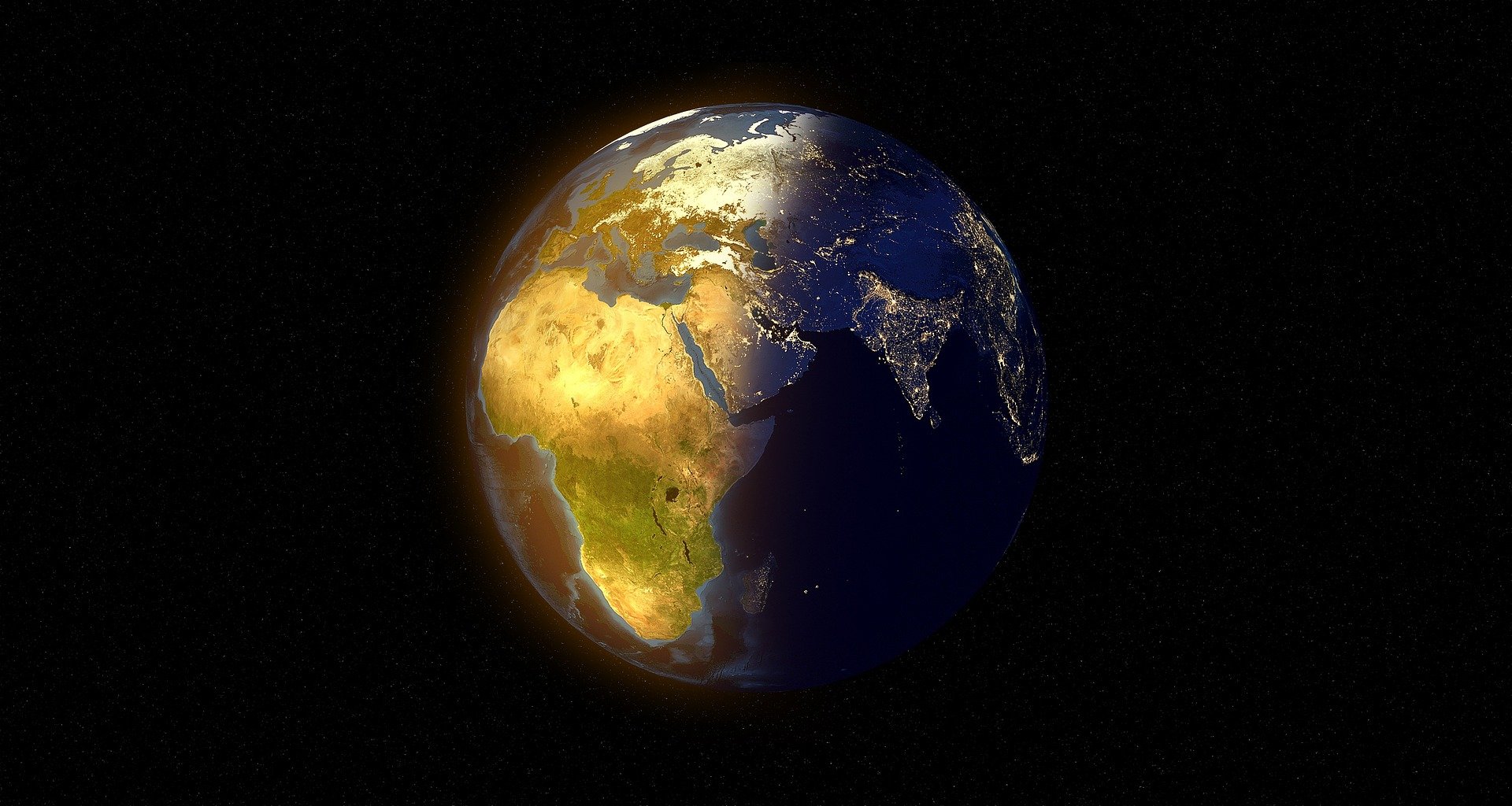
Recent estimates suggest that 50 per cent of wastewater is treated globally, instead of the previous estimate of 20 per cent.
Scientists behind a study from Utrecht University and the United Nations University found that "globally, about 359 billion cubic metres of wastewater is produced each year" and of that "48 per cent of that water is currently released untreated".
Researchers cited the increased availability of data as one reason behind the sudden from the previous estimate of 20 per cent.
While the study attracted feedback that the headline results are based on “very patchy data, hence the need to ‘predict’”, it reinforced the urgent need to improve wastewater monitoring and data collection.
At the time, Glen Daigger, Professor of Engineering Practice at the University of Michigan and Founder of One Water Solutions, said: "We do need to be careful about the word “treatment” as it can mean many things as the treatment does not directly indicate that the treated effluent produced is still not creating public health issues and/or environmental pollution."
2) Water reuse is catching on, slowly

US city San Diego is moving ahead on its Pure Water sewage recycling system. By 2035, it will help to recycle 83 million gallons of treated sewage into potable drinking water.
The San Diego Union-Tribune reported that for the $5 billion project, construction has started on a large treatment plant near Miramar, which will be ready by 2025. Phase 2 will see a separate recycling facility near the airport start operating in 2035.
All regulatory permits have been secured, and construction bids are being opened and analysed for the 10 projects that will make up Pure Water phase one.
Encouragingly, estimates suggest that Pure Water could make up half of San Diego’s water supply by 2045.
While the potential of water recycling and reuse is often cited, the number of projects being executed often fails to match.
This is a positive example of progress and could launch San Diego into the global ‘water reuse hall of fame’, alongside neighbouring Orange County Water District, Namibia and Singapore.
3) Digital collaborations are breaking siloes
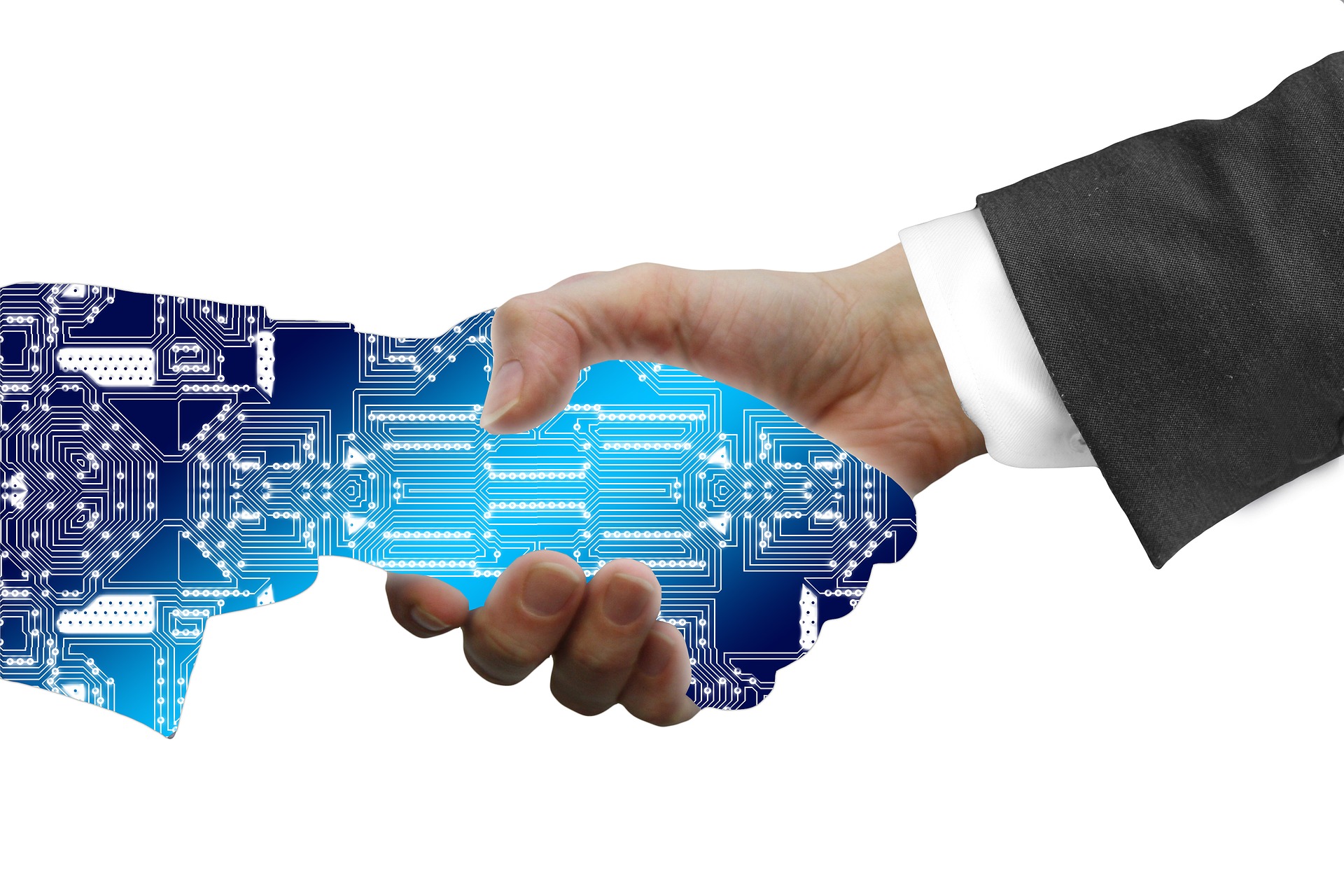
The market for digital water solutions continues to boom. Estimates from Bluefield research suggest that smarter, more advanced asset management strategies are expected to save water utilities US$41.9 billion in capital expenditures by 2027.
As well as Autodesk’s headline $1 billion acquisition of Innovyse, further collaborations and consolidation has been sweeping the water market. This recently included Exelon’s Aquify collaboration with Trimble and Aquatic Informatics being acquired by Danaher’s Water Quality platform.
Yet, among the headlines, excitement and attention being drawn on “digital water”, there’s one notable project that provides hope, especially for the challenge of interoperability, namely, getting multiple organisations and systems to work together seamlessly.
UK utility Yorkshire Water scooped an award for a pilot project that brought together 18 partners.
Called the "UK's most advanced network", the collaboration brought technology and telecommunication companies - even competitors – together to reduce water losses and predict the likelihood of network bursts.
This included engineering consultancy Stantec and 17 other partners: Itron, Sensus, Arqiva, HWM, ATi, Inflowmatix, Syrinix, Invenio, Ovarro, Temetra, Technolog, Gutermann, Elster (Honeywell), BT, MUS, Connexin and Xylem.
This is a positive example of companies putting aside competition conflicts in a bid to collectively solve a wider challenge.
4) It’s about us; the people
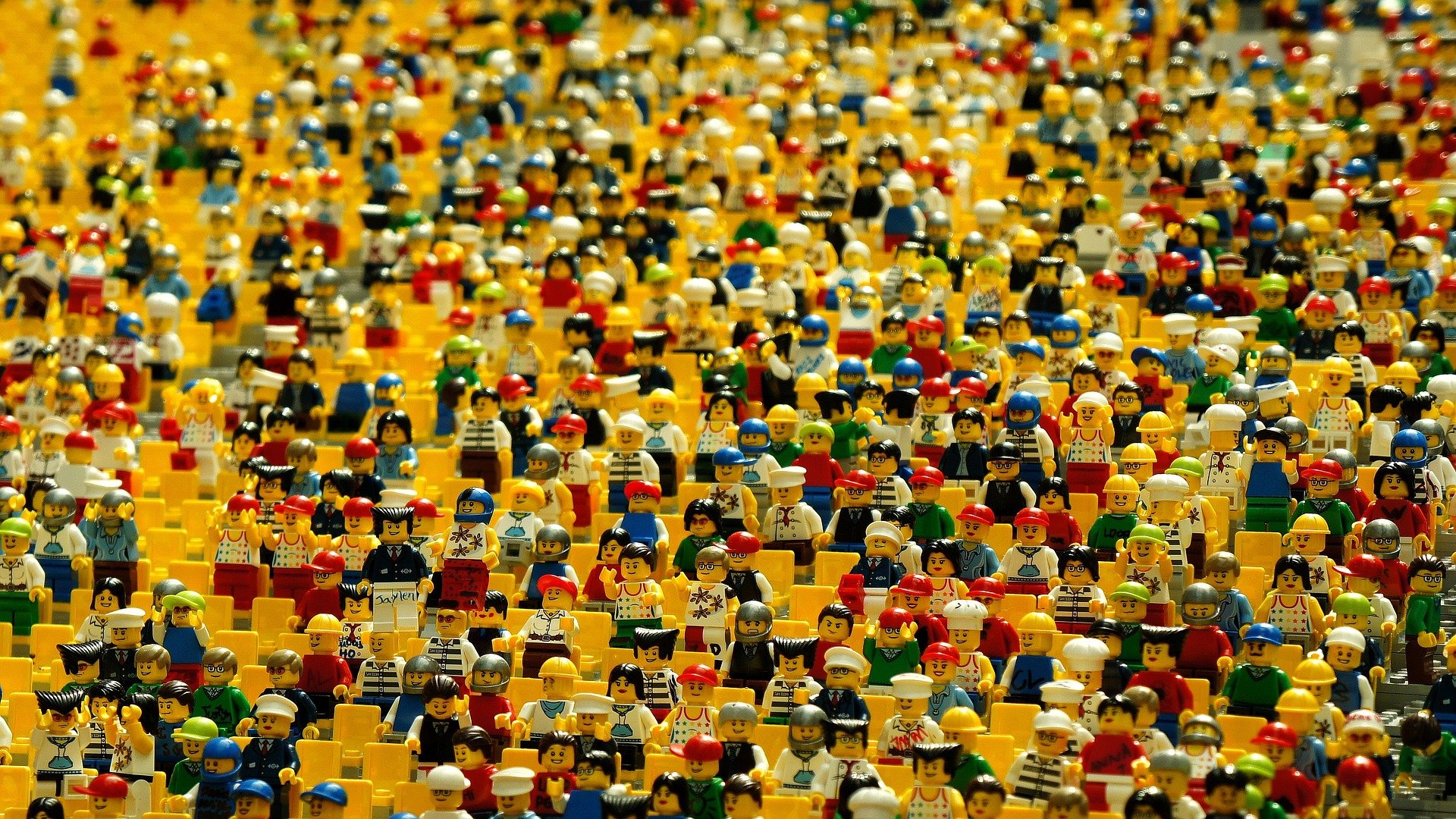
We’re lucky that some of the world’s greatest minds have focused their attention on water.
An ecosystem of engineers, innovators, biologists, chemists, physicists, investors and more all work tirelessly to keep water flowing around the world.
Yet, these rock stars are often the unsung heroes in a society when the CEOs of cleantech, electric car or food delivery companies are easily celebrated instead.
World Water Day, and in fact every day, should celebrate the water community, often undervalued.
It’s also becoming widely acknowledged that the digital progression in water will be as much dependent on the culture and people than the technology.
A white paper from the IWA, Xylem and Water Foundry referred to a future “no-collar workforce” – a term coined from Deloitte suggestive of a hybrid human-and-machine environment that will require redesigning jobs and reimaging how work gets done.
Meanwhile, Northumbrian Water Group recently shared its views on how it is creating an internal movement on utility innovation – a fantastic example of inspiring and galvanising entrepreneurial spirit from within.
5) We have examples of circularity in action
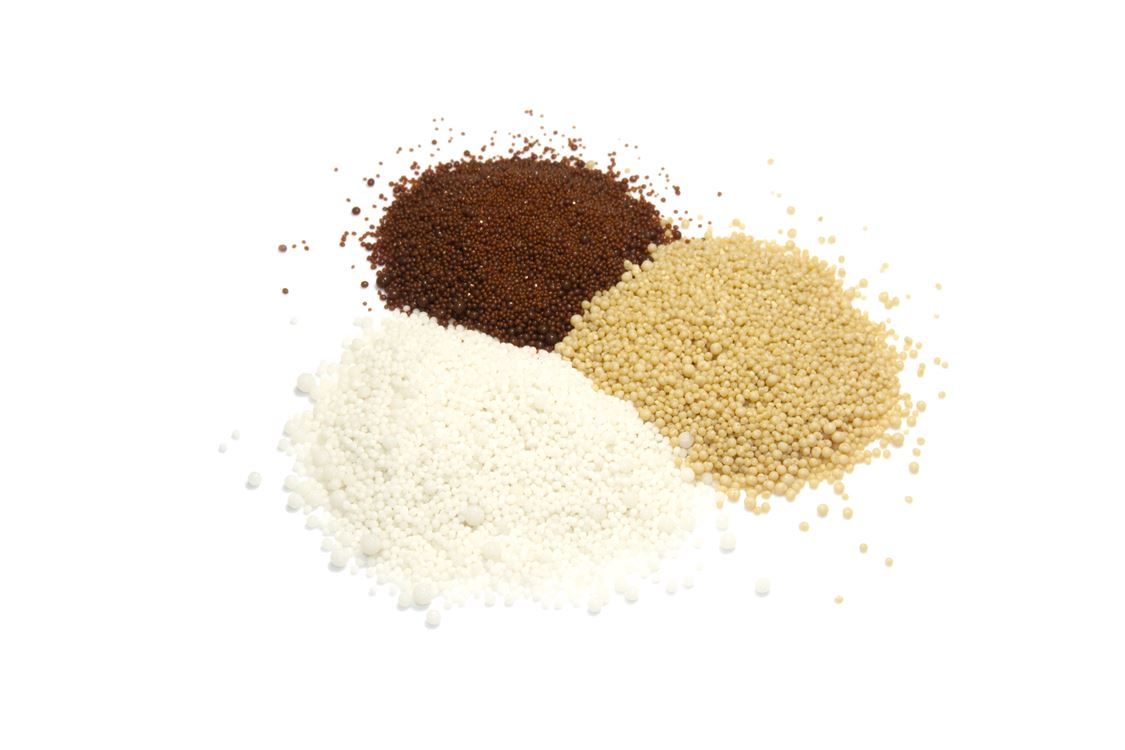
Water is often referenced as having the potential to play a key role in achieving a circular economy. Heat, energy, nutrients are all resources that can be generated from water treatment and shared with other industries if circular partnerships are established.
Plant-based, regional projects are one thing, but nationwide examples of the circular economy in action are desperately needed to share.
One notable example is AquaMinerals from the Netherlands. Over 25 years ago, a group of Dutch water utilities came together to discuss how to best treat their solid wastes.
What originally started as a collective way to save costs eventually evolved into helping to reimagine waste as a resource.
AquaMinerals looked for market needs as a starting point for the specifications of the residuals which are in the water.
Today, the company reclaims and resells circular products for over 10 different sectors, including lime, removed during the drinking water softening process. As well as a “circular face scrub”, the resource is also sold as pellets for gardening and glass bottles.
Now into the second year of the global pandemic, the world desperately needs positive reasons to be optimistic. And the water sector, while still facing monumental challenges of a global scale, certainly has these stories of hope to share.
The question is, what’s yours?
Related content
- Digital growth prompts water collaboration and consolidation
- Why a ‘no-collar’ workforce will enable water’s digital transformation
- Angela Macoscar: Leading the innovation dance of utility culture change

